I can hark back to a time when the first digital cameras appeared. The first I had experience of, was a Nikon Coolpix with a massive (off memory) 2 megapixels, and it arrived for review just in time for my, now well best forgotten, honeymoon in Vanuatu.
I was doing web development at the time as well as freelancing in tech which I had been doing for over a decade, so to have access to something like this, and pretty much ban the need to scan images, was a deal breaker.
Indeed, a client I was currently developing doing their website for, a high powered QC, saw the Coolpix and immediately bolted out the door to the nearest Camera House to buy one on the spot!
Of course, for right or for wrong, the advent of the camera in the smartphone pretty much put paid to the “lower end” digital camera. But it has to be said, no matter how good you think your smartphone camera is, it will never match a dedicated camera, as the ability to control the image taking process is just not there.
And this is even before we start on lens quality and processor size.
But at least one aspect of this has changed dramatically for the better, as long as you have a smartphone capable of it.
Blackmagic Design
In Australia, we have a knack of breeding top flight tech companies and their associated engineering staff. Immediately springing to mind are RØDE, Canva and Atlassian. Outside of the video sphere though, the name Blackmagic Design may not be as familiar.
Started in Melbourne by Grant Petty, Blackmagic Design has grown in leaps and bounds in the hardware and software side of the broadcast, film and video industries, with a range of equipment covering everything you could possibly think of in that environment from cameras to switchers, consoles to mixers and even editing and special effects software. It is true to say that Blackmagic Design is one of the most respected companies in the industry, not just in Australia, but world wide.
But back to their engineering, and especially their cameras.
If you want a full-on camera to shoot the next Mad Max or Australia (for the latter, please don’t), or a portable unit for docco or news gathering, Blackmagic have an offering to suit.
The user interface of these cameras has regularly won awards, and now, these clever clogs engineers have squeezed all that technology into your smartphone – as long as it is a supported model as said.
In the Blackmagic Camera for Android or iPad/iPhone, you can adjust settings such as frame rate, shutter angle, white balance and ISO all in a single tap, and if you are familiar with the operations of a Blackmagic camera, it is immediately familiar.
If not, its easy to pick up, with of course the caveat you do understand basic photo / video terms.
Controls
You have access to all the controls you need to quickly setup and start shooting! Those engineers have made everything interactive, so you can tap any item and instantly change settings. There are no menus to have to grind through as some cameras have.
Indicators across the top of the screen show various camera settings and they can also be changed, just by touching the specific setting and an easy to use adjustment palette will then be displayed.
The heads up display (HUD), shows status and record parameters, histogram, focus peaking, levels, frame guides and more and you can show or hide the HUD by swiping up or down.
Also available is auto focus by tapping the screen in the area you want to focus.

You can shoot in 16:9 or vertical aspect ratios, plus you can shoot 16:9 while holding the phone vertically if you want to shoot unobtrusively. This means for the casual user, you can create TikTok or YouTube videos with a cinematic look, or for the news gatherer, have a discrete, but very powerful tool at your fingertips.
Better, it can connect directly to the Blackmagic Cloud so that breaking story can be sent to the newsroom immediately. There are also tabs for media management including chat and access to advanced menus.
If your smartphone has multiple lenses such as wide angle or telephoto you can select a lens for your shot. The iris (aperture) is automatically set based on your lens choice.
Shutter speed and frame rates can also be either manually set or left on auto – your choice.

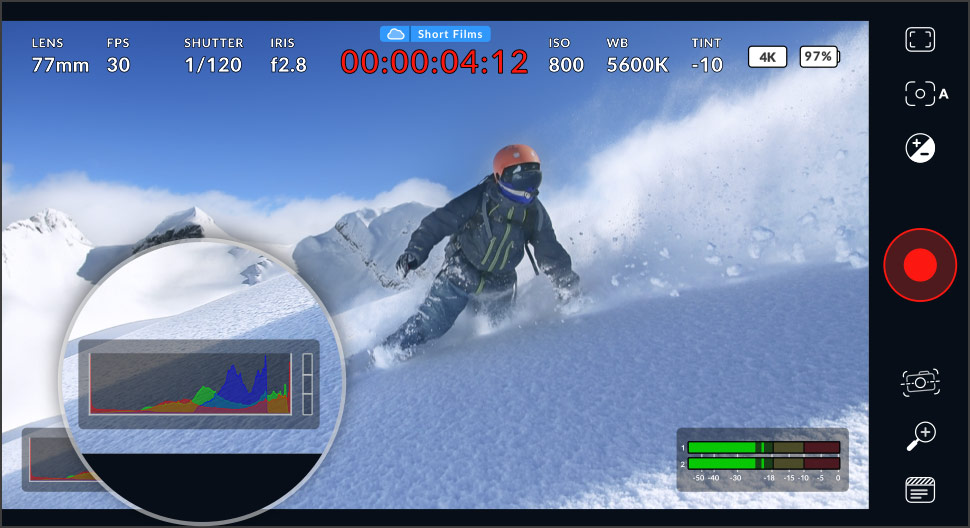 Other niceties included are audio meters, resolution options, on screen histogram and zebra patterns, focus assist, frame guides, false colour options, touch to focus, image stabilization and much more.
Other niceties included are audio meters, resolution options, on screen histogram and zebra patterns, focus assist, frame guides, false colour options, touch to focus, image stabilization and much more.
Wazzit Cost?
Again, I am stunned at how much the engineers at Blackmagic have managed to cram into the app.
But here is the biggest part. Many apps, applications and software packages offer limited time, limited feature or trial versions as a teaser. For reasons known only to themselves, but I suppose in reality to introduce people to the Blackmagic Design “universe” Blackmagic Camera for iPad, iPhone and Android is free, and like their software DaVinci Resolve and Fusion, has no ongoing subscription fees.
Oh by the way, the files generated by Blackmagic Camera are fully compatible with DaVinci Resolve too, and take it from one who has switched to that video editor from being a user of a previous program for 15 + years, it is very hard to beat. (And also free unless you need the USD$295 Whizzbang version. In which case, here’s a tip and buy the DaVinci Speed Editor console and you’ll get the whizzbang version for nix. You’re welcome.)
I admit I am unapologetically enthusiastic about the Blackmagic camera app. I have been a photographer and videographer since I was 8. My dad was a pro photographer and I grew up using Leica, Rolliflex, Rolliecords and early SLR cameras from Minolta and Pentax, later graduating to of course digital equivalents.
My own smartphone, a Samsung A71, doesn’t have the grunt to run the app, so I had a loaner Samsung S24FE for the period (thanks to Samsung and their fabbo PR folk for that), and this has convinced me that whilst it cannot replace a camera – in my case a Blackmagic Pocket Cinema Camera Pro 6K – it gets as close as possible that any smartphone could.
And for free.
You can download the Blackmagic Camera app for iPad / iPhone from the App Store or Blackmagic Camera for Android from Google Play Store. A list of compatible Android phones can be found here, and Blackmagic is adding to this list all the time, so if your latest phone is not there, keep checking.

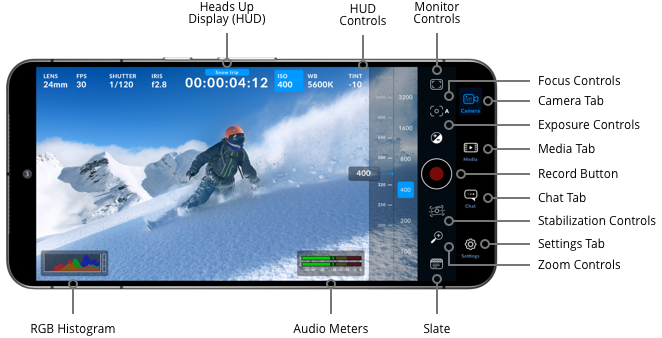
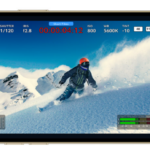
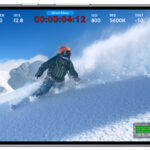
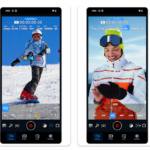
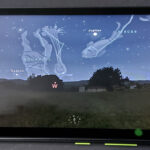
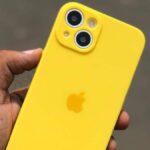
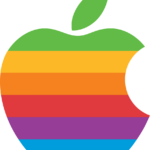
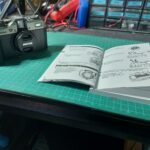
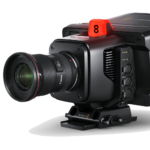

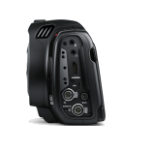




This app from Blackmagic is incredible! I was up in Mildura doing an interview shoot last weekend. I left my two Blackmagic Design 4Ks in the van and used two iPhones with the Blackmagic camera app instead. Brilliant results and soooo much easier to set up! Now my preferred video interview setup.